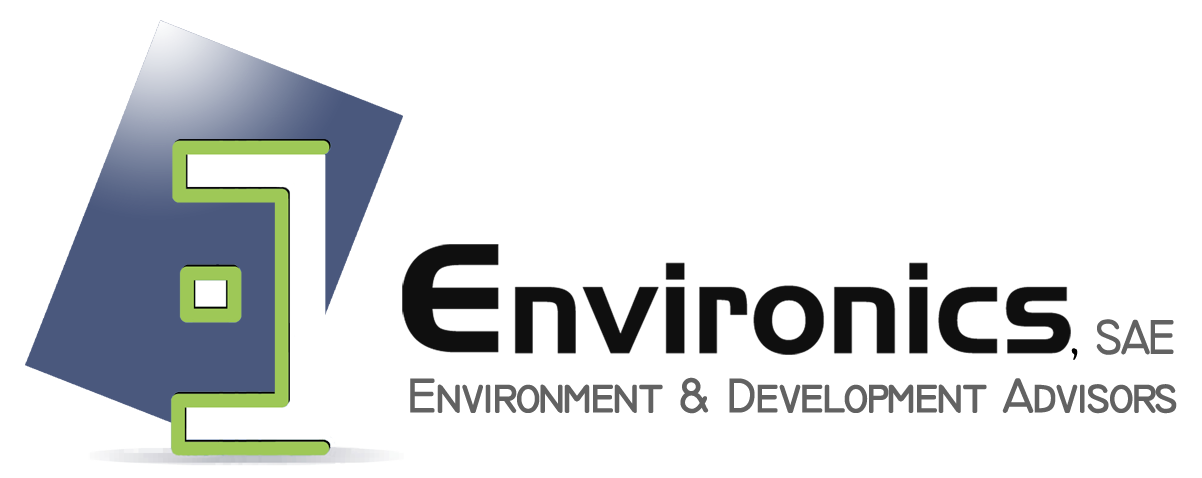- Environics was commissioned by DP World Sokhna to conduct a soil investigation in Basin 1 of Sokhna port.
- The objective of the investigation was to identify and evaluate the potential contamination of soil from different activities at areas of potential concern, as well as develop an accurate delineation of the contamination area which would be subject to future remediation actions, if needed.
- Prior identifying the scope of work for this investigation, a literature review has been performed regarding various legal and technical aspects relating to the potential contamination resulting from the concerned activities.
- Two site visits have been conducted to identify and assess site characteristics, soil sampling locations and arrange all relevant logistics and preparations.
- The investigation involved a description of the site, its geology, and the staged approach that was adopted as well as the limitations that were encountered during the course of the assignment. The nature of the soil in the selected locations led to modifying the planned strategy during the course of drilling and sampling campaign as well as extending the work to the next day.
- The modified scope of work involved the drilling of 8 boreholes using jackhammer provided by DPW at areas of potential concern to a maximum depth of 80 cm and acquiring a total of 14 soil samples.
- Environics contracted the following companies to carry out the drilling & soil sampling:
- Geo Group Egypt Co. for drilling boreholes.
- Central Lab for Environmental Quality Monitoring – National Water Research Center for soil sampling and chemical analyses.
- Different sampling strategies were adopted for the four areas: Petcoke storage area, natural soil area, maintenance area, and temporary washing area, depending on visual observation during the work and pH measurements that were conducted for all samples.
- The soil samples were analysed for organic pollutants (TPH) at the heavy equipment washing areas and for heavy metals at the petcoke storage area. The analyses’ results have been compared with the international limits for soil contamination, specifically the Dutch intervention limits, as the Egyptian regulations do not include limits for soil contamination.
